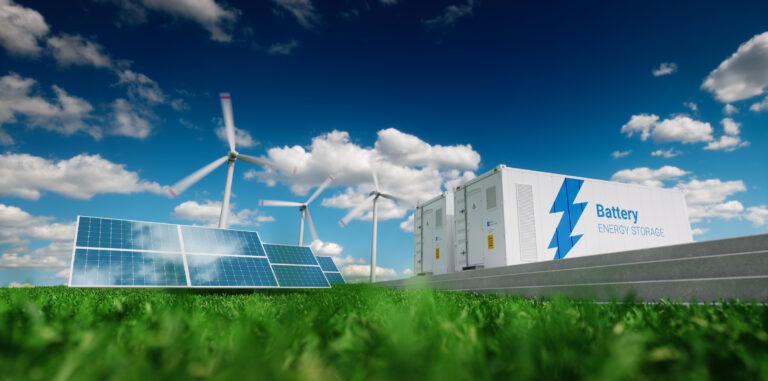The summer of 2023 was a memorable one due in large part to the impact of El Niño, which significantly increased temperatures in the southern United States and impacted numerous power markets. ERCOT was among the affected markets, experiencing critically low reserve margins due to the heightened heat and underperforming renewables. All of this eventually led to ERCOT’s first Energy Emergency Alert (EEA) since Winter Storm Uri in 2021. In this Insight, we take a look at the events leading up to the EEA, how ERCOT responded, and what this all means for ERCOT moving forward.
ERCOT’s summer months saw record load this year, with the all-time peak of 85.4 GW occurring on August 10th. The figure below compares YTD daily peak loads with the five-year average, where persistent high-temperature weather increased the average daily peak load by nearly 21% for the month of August.

ERCOT issued several conservation alerts towards the end of the summer (11 total). However, at 7:30 PM on September 6th, the operator issued its first Energy Emergency Alert Level 2 (EEA 2) since Winter Storm Uri because the Physical Responsive Capability (PRC) was within 1,750 MW and grid frequency fell below 59.8 Hz. For context, typical PRC is maintained well above 3,500 MW and grid frequency oscillates within a very narrow band around 60 Hz.
At the onset of the evening, solar output quickly diminished, and wind generation failed to meet short-term forecasts. Due to technological limitations, natural gas plants were unable to ramp quickly enough to offset the unexpected fall of wind generation, forcing ERCOT to issue the EEA. This move enabled ERCOT to access additional resources, mostly curtailed industrial demand, to mitigate the strain on the grid.

At 7:00 PM, wind generation came in 1.2 GW short of the prior hour forecast, though battery storage resources helped alleviate the shortfall with record generation during the hour. However, immediately following the peak dispatch, battery storage dispatch fell to 164 MW, indicating a lack of capacity and duration to completely offset the decline. There were no significant thermal outages at this time, but transmission congestion was present with a transmission watch issued in southern Texas to prevent an overload on the DELMSAN5 line. As a last resort, ERCOT demand response mechanisms curtailed enough load to prevent escalation to an EEA 3 (controlled outages).
As markets continue to shift away from a heavy reliance on fossil fuels, concerns with intermittency lay at the forefront. How will a growing intermittent fleet reliably serve evening peak demand? For ERCOT, the relationship between wind and solar is typically complimentary: when solar begins to decline, wind generation tends to pick up. However, wind resources have been underperforming for much of the season this year. The chart below shows the daily average on-peak capacity factor for wind resources in ERCOT for 2023 and the five-year average. The “X” marker indicates the mean value, and each vertical bar contains the month’s daily averages.

Wind generation has been increasingly volatile when compared to the five-year average. While YTD average generation is relatively in-line with history, recent volatility puts increasing pressure on a system that is investing further into intermittent resources. With a difference between min/max summer values as much as 57% (observed in June), the variability in peak hour wind generation could amount to 21.6 GW (with currently 37.8 GW in operation), making it difficult to plan for a peak event in a high-renewable environment.
For ERCOT, the task becomes increasingly difficult with the YoY load growth the region has seen.

Driven by some of the hottest seasonal temperatures on record, peak load in ERCOT has grown roughly 8% each year from 2021 to 2022 and then again in 2022 to 2023. The summer of 2023 exposed the challenges facing ERCOT due to increased temperatures and further reliance on renewable energy. Extreme heat, coupled with the underperformance of wind resources, resulted in the dangerous fall of reserve margins. As the region continues to move towards intermittent resources like wind and solar, it highlights the need for substantial improvements in technologies and strategies to effectively meet demand. With 6.8 GW of battery storage in development, peak hour concerns could be alleviated should storage effectively expand the deliverability of mid-day solar generation.









